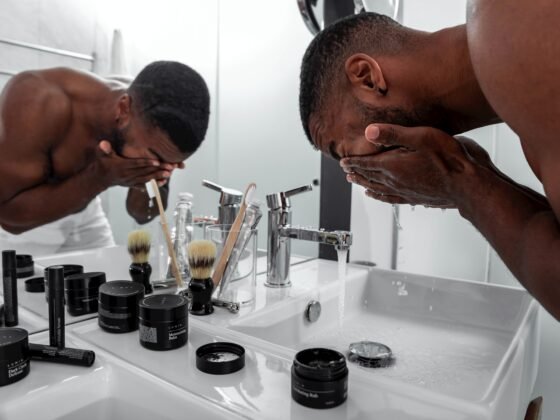
Dime-sized edges and small holes are not a good choice to train your fingers most appropriately. Training tools like Hangboards are an excellent option to hang on pinches, slopers, and various holds. Also known as the fingerboard, these are made up of wood or plastic to choose from https://adventureblog.net/best-climbing-hangboard.
Why Choose a Hangboard to train?
Your exercise regime trains most of your body parts, including the core and glutes. But, finger strength is often ignored by fitness enthusiasts. Especially if you are a beginner climber, training on a hangboard is crucial to improve your finger strength.
You will be considerably benefited from the hangboard training, even if you are an experienced climber. Focused hangboard sessions help in hitting a plateau as well as squeezing out more productivity from you.
What do I need for my Hangboard Training?
- A chair: Those who find it difficult to hold their weight while climbing may use a chair to rest their foot on it for a while during climbing. It is recommended for beginners to avoid any injury
- A stopwatch: You can use your smartwatch or even smartphone as a stopwatch
- A log: It helps in tracking your progress
- Of course, A Hangboard: You need a quality hangboard to start your mission!
How to start with Hangboard Training?
Some of the important factors one need to consider while starting their Hangboard training is:
- Start simple with the easy training ritual
- Make a clear goal with the exact hand positions and grips that you particularly find difficult
- Do not plan more than four sessions a week for your finger training unless you feel capable of handling it
- Always take a break of a day or two between two consecutive hangboard training sessions. It avoids any strain on the tendons and muscles of your hand.
Consider your strength. If you are struggling hard, reconsider.
What are the tips for a proper Hangboard Technique?
Following improper techniques will defeat the purpose of training. You are also prone to severe injuries and aches. Here are some important tips for proper hangboard techniques:
- Do not lock your elbows
- Never shrug your shoulders
- Reach your hangboard without the need of jumping
- Extend your hand time and diminish your rest time gradually when you achieve more strength
What are the various hangboard grip positions?
Depending on your weakness and goals, you can always amend your hangboard training sessions. It is advisable to focus more on the various holds that you find yourself lacking. Here are some important hangboard grip positions that help in training your fingers well:
- Jug: These are the best for a warm-up for your hangboard training. Hang in a comfortable position by placing your hand around it.
- Pockets: By entering fingers from one to four in the holes, you can easily train a different set of fingers.
- Slopers: Place your hand comfortably to hold as possible and then push down to it. To train your middle, pinky, and ring finger, half the hangboard using your pointer.
- Pinches: Hold the grip with the thumb on one side and the finger on the other to train.
- Edges: You can choose from shallow to deep; it is like slapping your hands against the window and dragging them down to your fingertips towards the edges.











